Q: Greg I enjoy your nostalgia columns and went to many midget auto races when I was young on the 1950s. I saw races in New York at Rochester War Memorial (Arena) and remember drivers like Len Duncan and Dutch Hoag winning races.
Can you give us a little history of the midget racing as many drivers went on to win the Indy 500 in the 1950s in Indy cars. Thanks much, Kathy M. retired and now living in St. Augustine, Fla.
A: Kathy I’m happy to oblige.
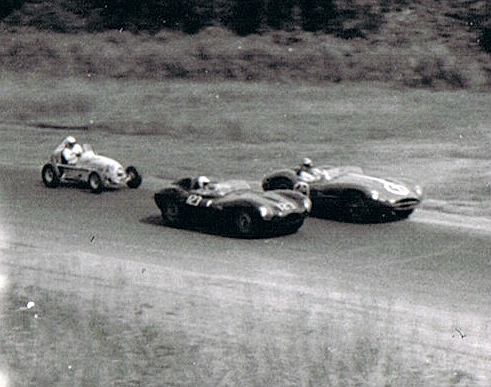
Let’s start with where you saw races when the midget racecars didn’t have any type of roll cage to protect drivers and were popular attractions coast-to-coast. From tracks like Gilmore Stadium in California to Williams Grove in Pennsylvania, midget races were the proving grounds for up and coming stars as every big name driver that ran at the Indianapolis 500 surely had midget racing credentials.
The first midget race took place out west in 1933 at Hughes Stadium in Los Angeles. Following that event, nearby Gilmore Stadium was built as the first venue constructed solely for Midget Racing, beginning in 1934 and lasting through 1950. So, we’ll give credit to Los Angeles as the birthplace of Midget Racing.
The big-boom occurred when the troops came home from WWII, and I can remember attending many midget races myself growing up in the same time period in the later 1950s. Further, I also saw winning racers like Dutch Hoag, who became a huge modified stock car winner with over 400 feature wins in many classes on both dirt and asphalt tracks. I also remember other champion early day midget drivers like Len Duncan, Nick Fornoro Sr., Billy Hughes and many more. I also remember watching the King of Midget drivers, Mel Kenyon, in 1959 at a half-mile asphalt track in New Jersey.
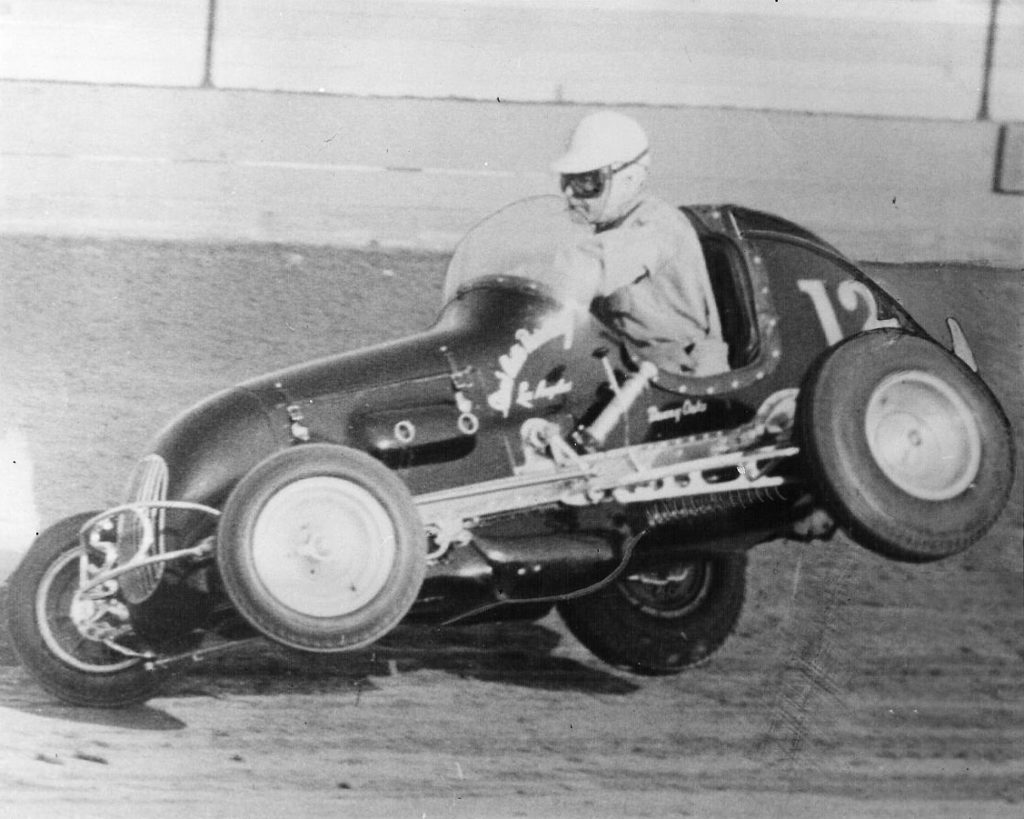
Midget Racing was so popular after the war it attracted 40,000 spectators to places like Soldier Field in Chicago. They also ran midgets at the Polo Grounds in New York, and many other venues, especially county and state fairs. Your memories of Rochester’s War Memorial Arena are appreciated as it was indeed a hotbed of indoor Midget and TQ Midget racing, the latter three-quarter size midgets powered by motorcycle engines instead of the usual Offenhauser engine that powered their larger siblings. These TQs ran regularly on Rochester’s 1/10th mile board track to packed grandstands.
Even today, indoor midget racing is still big, as the annual Chili Bowl in Tulsa, Oklahoma, is without debate the granddaddy of all midget races. In addition to the Chili Bowl, Lenny Sammons Productions holds yearly events in Allentown, Pa., Atlantic City, N.J., and Syracuse, N.Y. and the featured class is TQ Midgets. (These events are going on right now.)
Midget racing clubs like Badger Midget in Wisconsin (see www.bmara.com) still run weekly shows and have been around since the 1930s. The other big midget association was ARDC in the east, now run by USAC. USAC began highlighting Midgets in 1955 and are still a top attraction. (See www.USACRacing.com.)
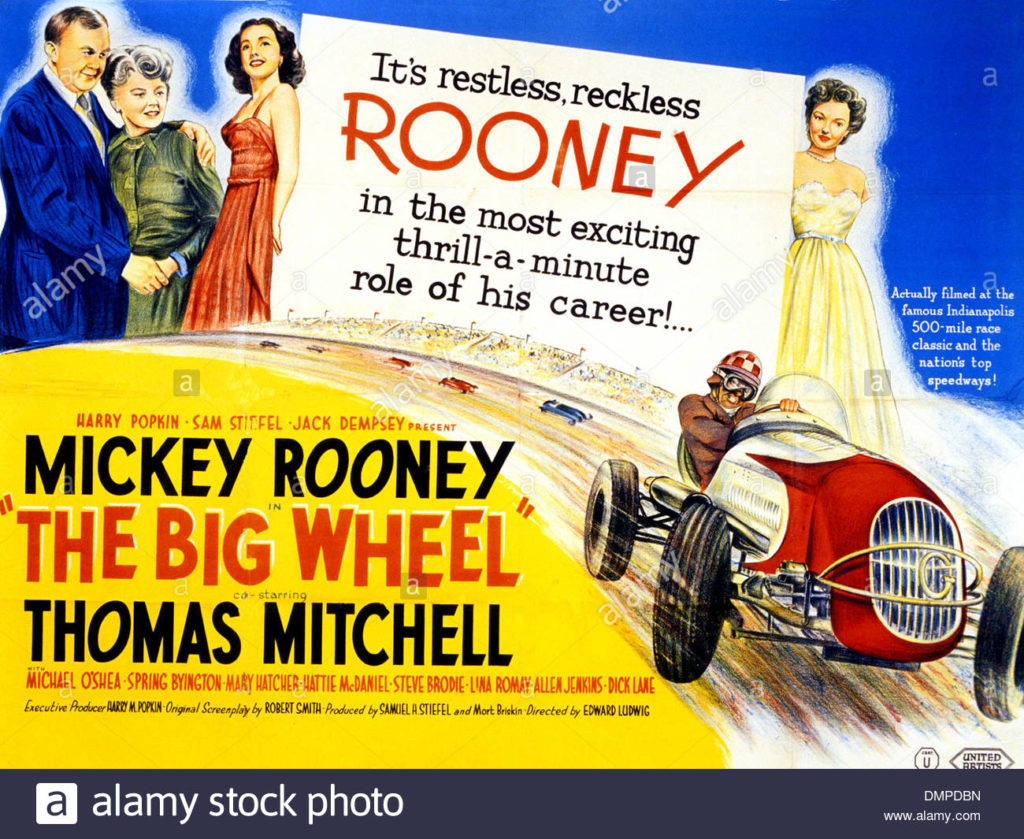
One of the top midget race car builders in the 1950s was Allentown, Pa.’s Hiram Hillegass, and his cars routinely won both midget and sprint car national events. I’m sure drivers’ like Hoag and Duncan drove Hillegass cars at one time, along with other big name racers like Pennsylvania’s Tommy Hinnershitz, who went on to hundreds of victories in sprints during the 1940s and 1950s. Also noteworthy when it came to winning car builders is Frank Kurtis and his Kurtis Kraft midgets and Indy Cars. From 1950 to 1960, Krutis flooded the market with his midgets and Indy Cars winning many big events including the Indy 500 with Johnny Parsons in 1950, Lee Wallard in 1951, Bill Vukovich in 1953 and 1954 and then Bob Sweikert in 1955.
So how popular was the Kurtis Kraft Indy Car? Smokey Yunick purchased a year-old model for his first Indy 500 effort in 1958 with Paul Goldsmith behind the wheel. Additionally, 22 of the 33 starters raced in a Kurtis Kraft car. Sadly, in an accident that claimed the life of Pat O‘Connor on lap one that year, Goldsmith was involved and didn’t complete one lap.
Over 1,000 Kurtis Kraft midgets were sold in both welded chassis and kit form during that special decade of the 1950s. Fast-forward to the 1980s and Don Edmunds was a well known chassis builder and by 2000, if you were running a Bob East built “Beast” midget you were probably running with the lead drivers. Today, many companies, including Beast, build competitive midget cars.
As for the biggest Midget upset in my memory, it is still Indy 500 winner Roger Ward who stunned the racing world when he won a Formula Libre sports car race at Lime Rock Park, Connecticut, in a Kurtis Kraft Offenhauser powered Midget against all the big name foreign cars, including a Formula One Maserati, on July 25 of 1959. (See photo.)
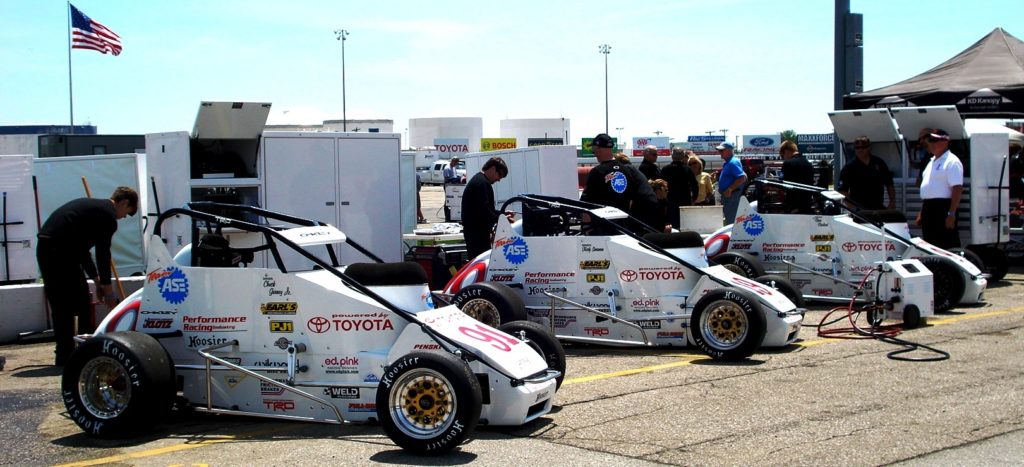
Hope this all helps, and if you’d like to see some great old time footage of midget racing from that time period, get a copy of Mickey Rooney’s “The Big Wheel,” an auto racing movie released in 1949. It’s loaded with great scenes.
Thanks for your letter Kathy and Happy New Year to all my readers!
(Greg Zyla is a syndicated auto columnist who welcomes reader questions on collector cars, auto nostalgia and old-time racing at 303 Roosevelt St., Sayre, Pa., 18840 or email at greg@gregzyla.com.)

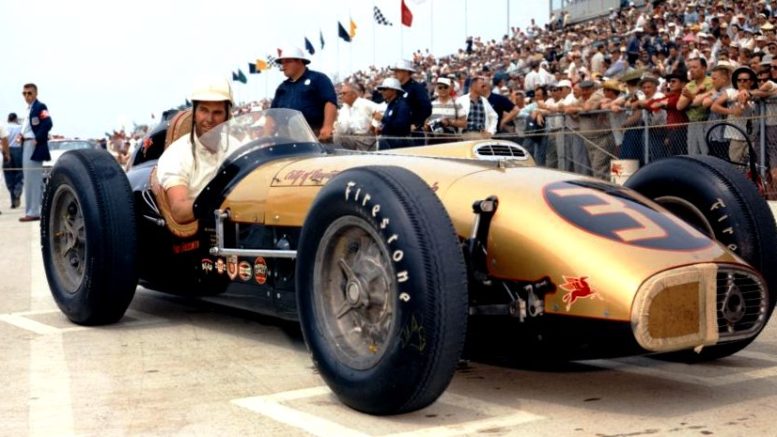

Be the first to comment on "Collector Car Corner – Midget Auto Racing: The builders, the drivers and the tracks"